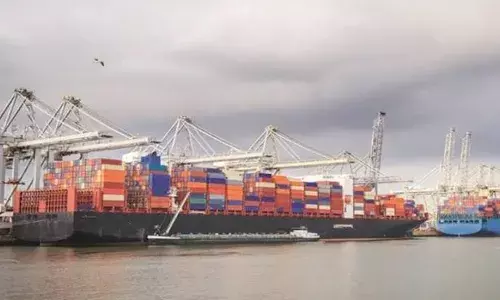Are We Aware Of India's Long History Of Civic Disasters? Morbi isn't the Last in Line
On Sunday, tragedy struck at Gujarat's Morbi town when a collapsed bridge killed more than 130 people standing on it. The immediate culprits were the Morbi civic body and the company that had completed its renovation just 5 days back. A criminal case has been registered under the relevant sections of the Indian Penal Code and it is believed that law would take its own course. Meanwhile, the town mourns the 132 people dead, including children too. The whole country was enjoying their Sunday slumber when yet another civic disaster unfolded on our television and mobile screens. We had no choice but to watch the horrific scenes as the connecting wires of the suspension bridge snapped off one-by-one and a crowd of people simply dropped like a can of sardines into the Macchu river down below. The country was too numb to react but it eventually did what all of us have become proficient in doing these days. We took to social media, to express our outrage, quite justified. But let us wait and think whether that has taken us anywhere in the past? Past, you ask? Well, however heartbreaking the Morbi disaster might be, it isn't the first such disaster to strike at the heart of India's public conscience. Just last year, as per statistics released by the National Crime Records Bureau (NCRB), India reported 86 incidents of civic negligence, in which 92 people lost their lives. Karnataka reported the highest number of such deaths, with most happening in Bengaluru, the IT-hub of the country. So, you see, the Morbi disaster isn't a standaone accident in our country, where corruption in all kinds of constrction activities is rampant and the root cause of all accidents emanating from faulty construction of roads, bridges, and public buildings. Just like an IAS Officer said, V.S. Pandey, recently wrote, "The country has failed to recognize that the all-pervading corruption in all kinds of construction activities is at the root of these problems. Bridges do not fall on their own. They are made to collapse by malfeasance, leading to neglect of standard operating procedures and use of poor quality material and callous workmanship, writes former IAS officer V S Pandey." Therefore, it is for India and the Indians to realize this and start asking the right questions, instead of just whining on social media!






